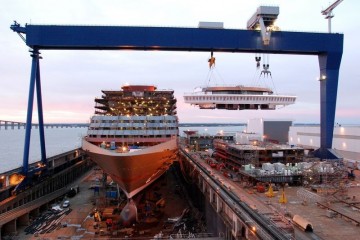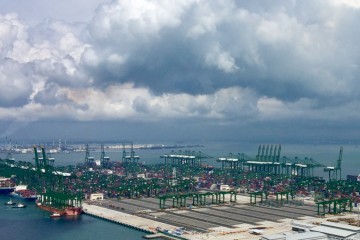One can easily be bitter about short sea shipping. Despite laudable intentions and pockets full of money, short sea shipping has never really fulfilled the expectations. How many “motorways” of the sea exist that become unused old dirt roads as soon as the subsidy stops? Quite a few. At the core of this disillusion is a problem of perspective. Short sea shipping should not be a goal in itself, but a mode like any other, in competition with any other. Transport should not be about ideology, about good and bad transport modes, about shifting from one mode to another. It should rather be about fair competition, about a level playing field between modes. This means: externalities of each mode should be internalised, expressed in a right price. A coastal ship should not be considered a “floating bridge”, so a piece of infrastructure that can be subsidised; the approach should rather be to make trucking pay more for road maintenance, air pollution and road deaths. Stop subsidising, do better pricing.
Short sea shipping is evidently salty – the salt of the high seas that reaches the shores. That is: deep sea and short sea shipping interfere. So mega-ships in ocean shipping means cascading effects into coastal shipping: also bigger ships in short sea. This has mixed effects. Because if coastal ships become too big they lose their biggest strength: their flexibility to do frequent point-to-point connections. Use salt in moderation.
Despite bitterness and saltiness, the future of short sea shipping could be sweet. A recent report shows that in 2015 short sea shipping in Northern Europe grew, despite higher costs related to the new requirements for emission control areas that came into force in 2015. And there is more good news: another report shows that the largest increases in global flows of goods will be within continents rather than between continents: in particular intra-Asia and intra-Africa shipping markets appear promising.
How to benefit from these circumstances? Some more acidity please – and some pepper! Coastal shipping is constrained by restrictive cabotage laws in many countries – even in countries where coastal shipping would seem to be an ideal transport mode, such as Chile and Indonesia. So liberalising cabotage is essential to get coastal shipping working. Not easy to pull off, but clearly a recipe for success.



